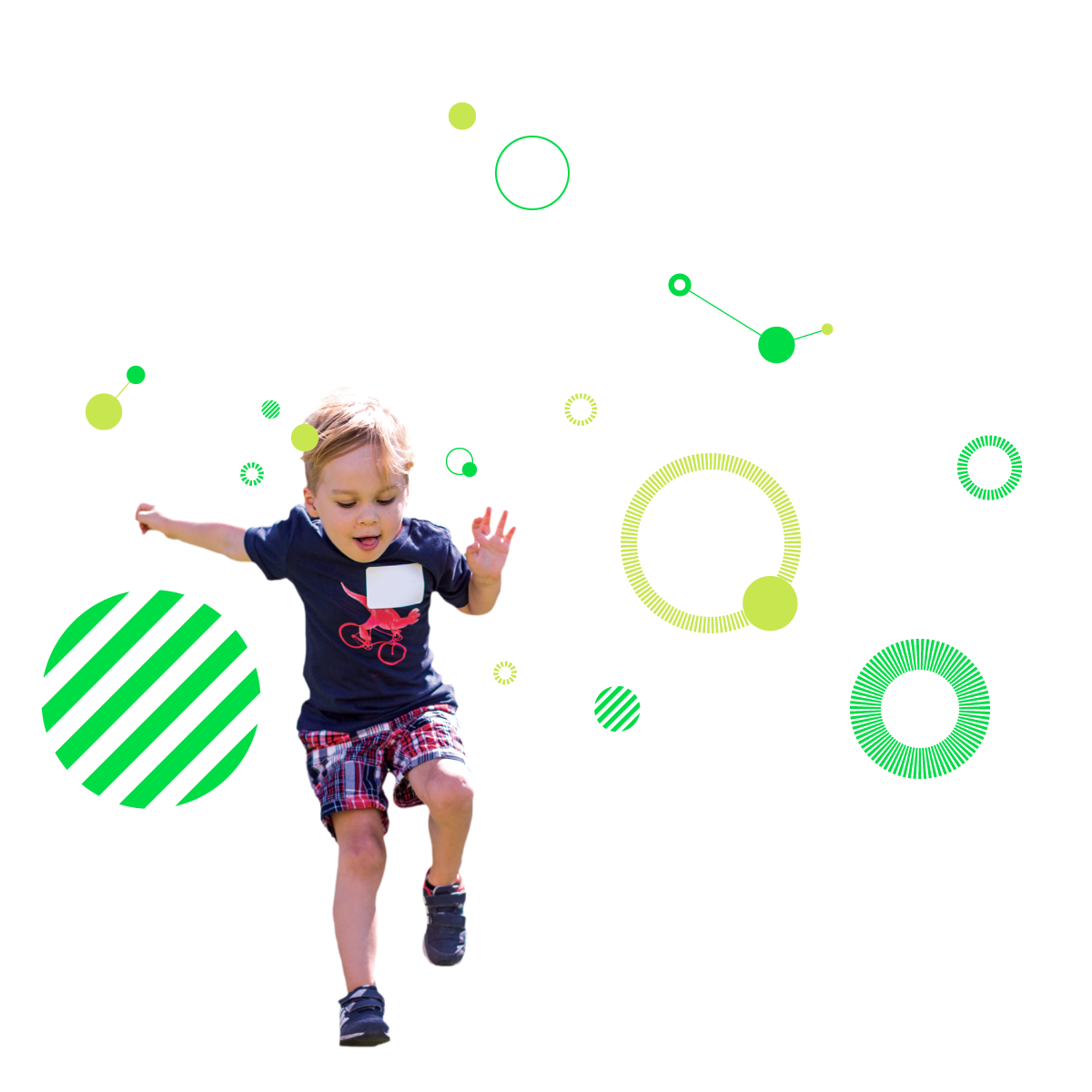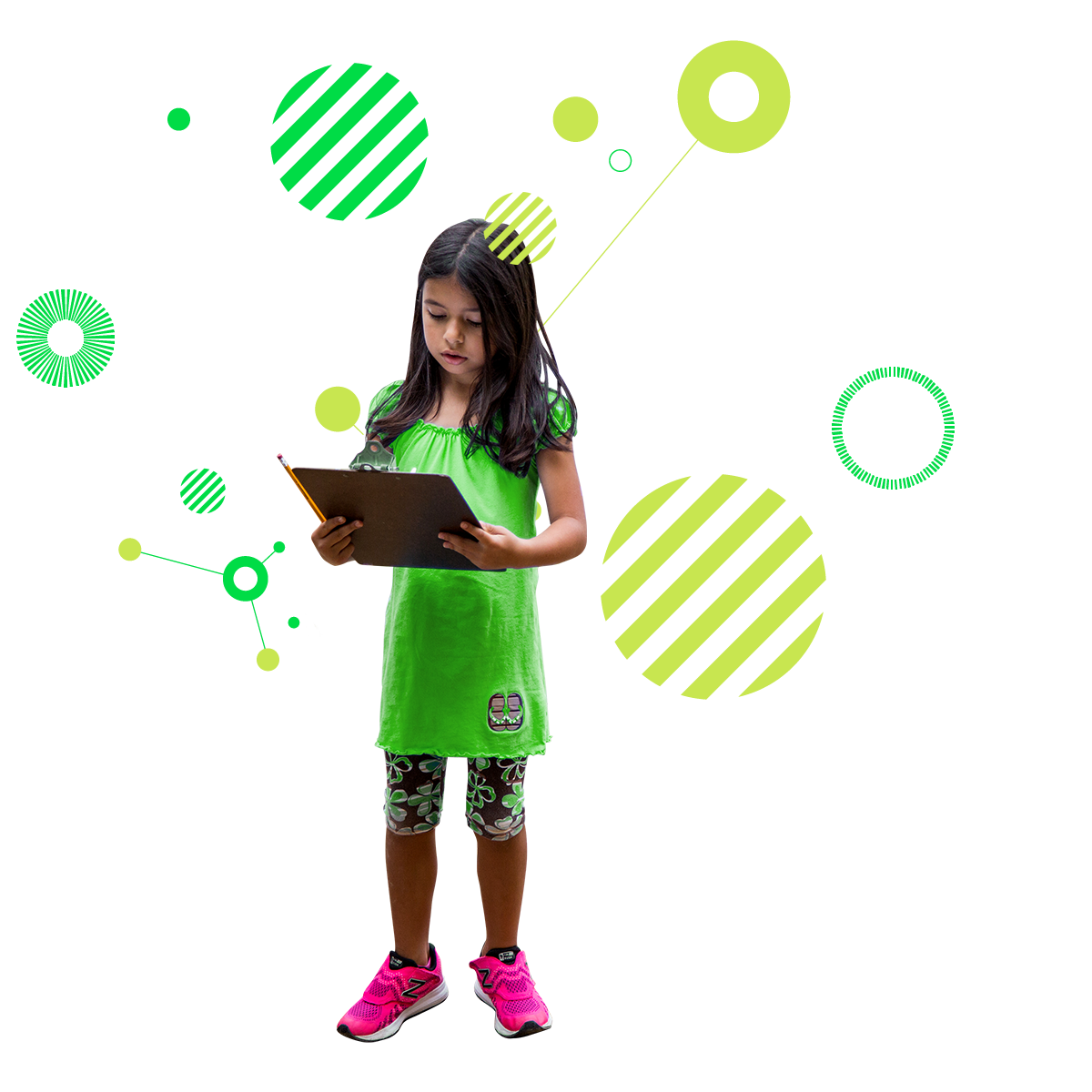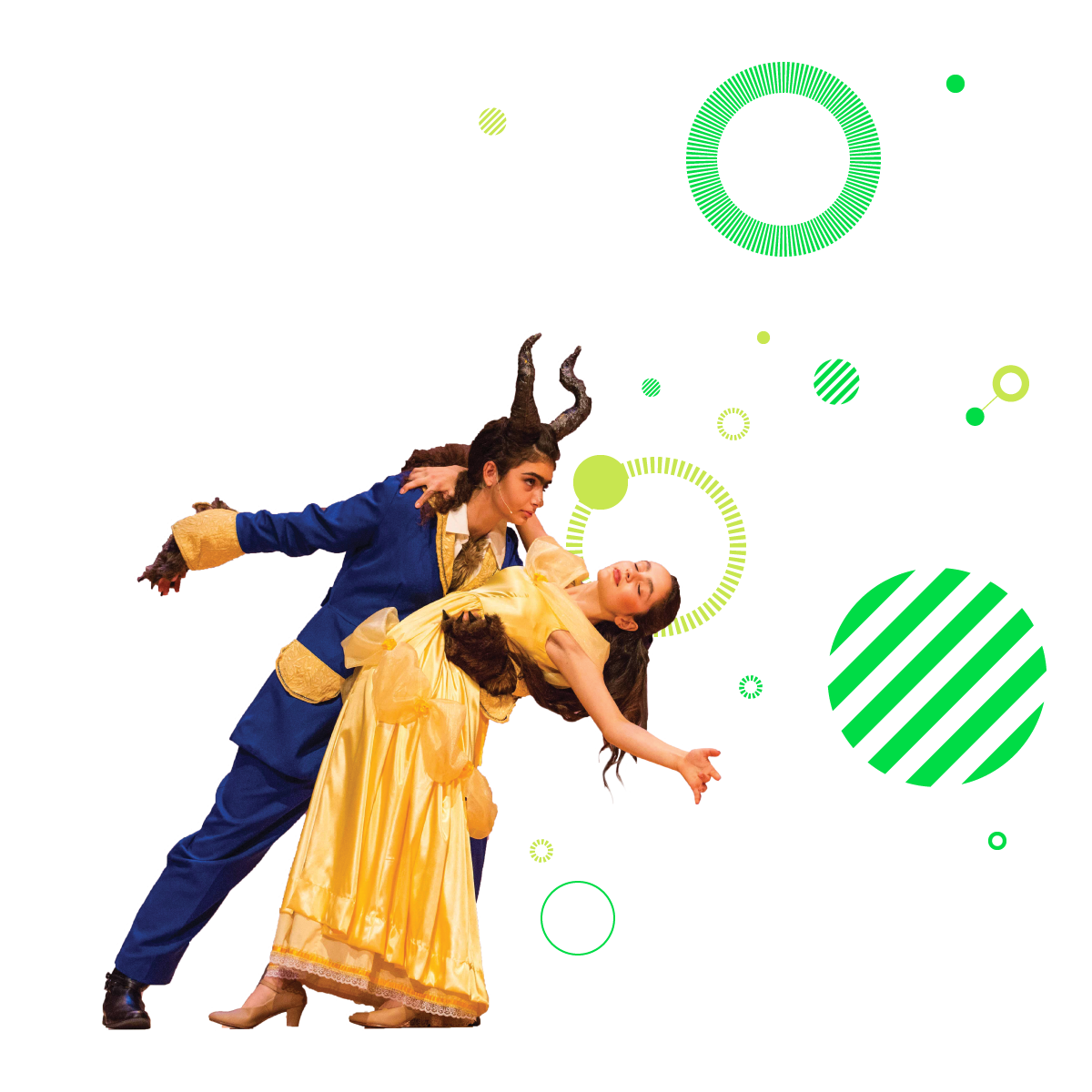As we near the start of the 2024-25 school year, I am filled with gratitude for this dynamic community, where we share the immense joy and privilege of helping each child grow into their best self. We are well-situated to have a terrific year for many reasons, including:
- Our down-to-earth community allows us to have real, authentic, open-hearted discussions, both as part of our students’ learning and among each other as adults
- We work hard to understand each child and where to meet them on their learning “edge”
- We honor the process of education alongside its products and outcomes
- We forge healthy relationships, rich with curiosity and low on judgment, and we remember that while we’re preparing students to flourish in the future, our children are living their lives right now
The strengths of our approach and culture situate us well to explore our year-long essential question: How can we build strong bridges?

Over the summer, I learned a bit about the engineering challenges of bridges. Bridges are not static but dynamic, constantly changing in response to everyday pressures like different loads and weather patterns, as well as intense stressors like earthquakes, hurricanes, and fires. With gravity pulling bridges down and compromising their integrity, a well-designed bridge must balance compression (a force that squeezes inward) with tension (a force that stretches outward). Each bridge’s abutments at either end, along with its spans along the way, must bear weight to balance the load.
Certainly, these principles apply to our own human efforts at Turning Point to build a resilient community. As we build metaphorical bridges across differences, we also need to create balance, share the load of telling our own stories and listening to others’ stories, and remain flexible in our outlook and mindset about our opinions.
 Our community summer read, I Never Thought of It That Way: How to Have Fearlessly Curious Conversations in Dangerously Divided Times, by Mónica Guzmán, provides a kind of “manual” about how to transition from our own static attitudes into mindsets with more context and room to breathe. I invite all of us to participate in the building of durable, robust bridges in our community.
Our community summer read, I Never Thought of It That Way: How to Have Fearlessly Curious Conversations in Dangerously Divided Times, by Mónica Guzmán, provides a kind of “manual” about how to transition from our own static attitudes into mindsets with more context and room to breathe. I invite all of us to participate in the building of durable, robust bridges in our community.
Guzmán invites us to ask good questions that follow the principles of CARE (Curious, Answerable, Raw, and Exploring), such as:
- How did you come to believe this? (instead of: Why do you believe this?)
- What am I missing? (instead of: what are you missing?)
- What do you care more about than x? (instead of: Why don’t you care about x?)
- What’s the most generous interpretation of why the other side feels that way?
Engaging in these conversations ideally leads to “I never thought of it that way” epiphanies that allow us to see the full person behind their opinions. Conversation is the key to these profound moments: a simple technique that requires practice and grace. Many of us want to stop when encountering a conflict of ideas or values, seeing it as the end of a conversation—or even a relationship—instead of as a starting point to explore and evolve our beliefs.
 Like all of you, I have spent my summer following the twists and turns of our political landscape and, like all the educators I know, preparing for what’s likely to be a volatile fall. And, like every human being on this planet, I am tempted to double down on my own powerful feelings about what is right for our country and world and to take comfort in information that confirms my own perspectives and biases.
Like all of you, I have spent my summer following the twists and turns of our political landscape and, like all the educators I know, preparing for what’s likely to be a volatile fall. And, like every human being on this planet, I am tempted to double down on my own powerful feelings about what is right for our country and world and to take comfort in information that confirms my own perspectives and biases.
However, we can support our students and each other by embracing nuance—the “both/and” paradigm which continues to require our acceptance—rather than prioritizing certainty or elevating our own opinions over others’. We can also take inspiration from our Olympic athletes, whose stunning resilience, sportsmanship, and grace unite Americans in national pride.
Our brains are wired for survival, and we crave certainty. So, we will need to determinedly resist our habits and patterns to steer away from siloes and towards our shared commitment to raising children who can learn to think critically and compassionately.
As we anticipate hot-button issues, I invite everyone to step up in service of a strong community. We are working hard in various capacities to plan events and opportunities, including a new parent-to-parent series called The Community Circle and, by popular demand, the return of Party Book!
Our commitment as a school is to provide opportunities to model and live the ways we want our students to interact and learn. Your commitment is to show up where and when you can, introduce yourself to someone new, and start a conversation.
I’m looking forward to practicing Guzmán’s generous questions and to providing models for our children of curiosity, critical thinking, inquiry, respect, trust, agility, equity, integrity, empathy, courage, purpose, and the gratitude that powers the engine of the work these mindsets will entail.
Most of all, I’m looking forward to doing it alongside all of you.
Warmly,
Laura
Dr. Laura Konigsberg
Head of School
lkonigsberg@turningpointschool.org


































